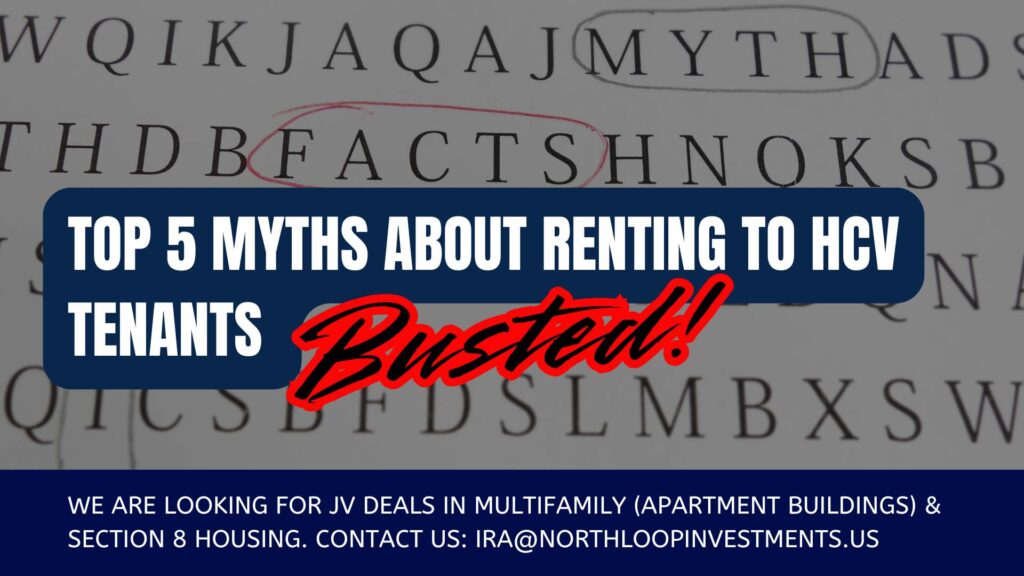Investing in multifamily real estate can be a lucrative venture, providing consistent cash flow and long-term appreciation potential. However, at some point, multifamily property owners may decide to exit their investment for various reasons. Whether it’s to cash in on their investment or to pursue new opportunities, having a well-planned exit strategy is crucial for maximizing returns and minimizing risks. In this article, we will explore some proven exit strategies for multifamily real estate owners.
- Sale to Another Investor: One of the most common exit strategies for multifamily real estate owners is selling the property to another investor. This strategy allows owners to capitalize on the property’s appreciation and market conditions. By marketing the property to potential buyers, such as real estate investment trusts (REITs), private equity firms, or individual investors, owners can negotiate a favorable sale price and transition their capital into other investments.
- 1031 Exchange: A 1031 exchange, also known as a like-kind exchange, is a strategy that allows real estate owners to defer capital gains taxes when selling one property and reinvesting the proceeds into another property of equal or greater value. This strategy is particularly useful for multifamily real estate owners who want to diversify their portfolio or upgrade to a larger property. By deferring taxes, owners can maximize their investment returns and maintain a larger capital base for future investments.
- Refinancing: Refinancing is an exit strategy that involves securing a new loan with more favorable terms to pay off the existing mortgage on the multifamily property. This strategy allows owners to pull out equity from the property and access additional funds for other purposes, such as purchasing additional properties or investing in other ventures. Refinancing can be an attractive option when interest rates are low or when there’s a significant increase in property value.
- Conversion to Condominiums: For multifamily property owners looking to exit the rental market, converting the property into condominiums can be a lucrative option. By dividing the property into individual units, owners can sell each unit separately to individual buyers. This strategy often yields higher profits compared to selling the property as a whole. However, it requires careful planning, compliance with local regulations, and potentially significant upfront costs for the conversion process.
- Legacy Planning: Multifamily property owners who wish to preserve their investment for future generations can employ a legacy planning exit strategy. This involves transferring ownership of the property to family members or setting up a trust to ensure its continued management and profitability. Legacy planning strategies can offer potential tax benefits and the satisfaction of preserving a valuable asset for the family’s long-term wealth.
- Joint Ventures or Partnerships: In some cases, multifamily real estate owners may choose to exit their investment by entering into joint ventures or partnerships with other investors. By bringing in additional capital or expertise, owners can enhance the property’s value and profitability. Joint ventures can provide a way to unlock the property’s full potential before selling it or continuing to hold it with shared ownership.
In conclusion, multifamily real estate owners have several proven exit strategies at their disposal. The choice of strategy depends on various factors, including market conditions, investment goals, and personal circumstances. It’s essential for owners to carefully evaluate each strategy’s pros and cons, seek professional advice when needed, and align their exit plan with their long-term financial objectives. With a well-executed exit strategy, multifamily real estate owners can maximize their returns and smoothly transition to their next investment endeavor.








